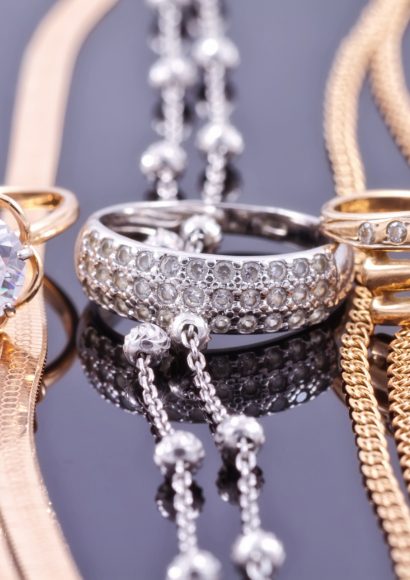The global jewelry market size is expected to reach USD 518.90 billion by 2030, according to a new report by
Grand View Research, Inc. It is expected to expand at a CAGR of 8.5% from 2022 to 2030. The luxury goods industry continues to drive the market for jewelry, amid challenges concerning varying economic trends. With that, here are some important factors that shouldn’t be missing from the list.
#1 Quality
The quality of jewelry findings plays a pivotal role in ensuring the longevity and appeal of creations. Opting for well-crafted findings, such as clasps and connectors, guarantees durability that withstands daily wear and tear. Rexjewel, for instance, utilizes premium-grade materials like sterling silver or hypoallergenic alloys, ensuring pieces remain as exquisite as they were when first fashioned.
#2 Compatibility with Design
When exploring jewelry findings, it’s crucial to assess how seamlessly they integrate into designs. A prime example is sourcing intricate filigree components that harmonize effortlessly with delicate gemstones, resulting in a harmonious and visually captivating piece. Conversely, robust findings like jump rings are essential to securely connect various elements, ensuring both elegance and durability.
#3 Materials and Allergies
Considering potential allergic reactions is essential, making hypoallergenic options vital. Selecting nickel-free or lead-free findings not only safeguards wearers but also showcases a commitment to their comfort. Employing materials that cater to sensitive skin underscores dedication to crafting pieces that can be cherished by a wider audience.
#4 Versatileness
The versatility of jewelry findings translates into endless design possibilities. Opt for findings that accommodate multiple jewelry types, like brooches or earrings, demonstrating an adaptable collection. This adaptability streamlines production processes and optimizes resource utilization, elevating the efficiency of the jewelry line.
#5 Precision
Precision in crafting findings ensures smooth functionality. Clasps that fasten seamlessly, for instance, enhance the overall user experience. Commitment to impeccable craftsmanship is evident in findings that exhibit meticulous detailing, exemplifying dedication to elevating both aesthetics and usability.
#6 Aesthetics and Functionality
The balance between aesthetics and functionality is exemplified by findings such as adjustable chains. These enhance the visual appeal of the piece and offer adjustable lengths for diverse wearer preferences. This balance underscores the importance of well-thought-out designs that cater to both beauty and practicality.
#7 Sustainability
In the modern landscape, eco-consciousness is paramount. Opting for findings produced through sustainable practices, like recycled materials or low-impact manufacturing processes, showcases a commitment to responsible production. The incorporation of sustainable practices in offerings resonates with the growing demand for environmentally-friendly choices.

